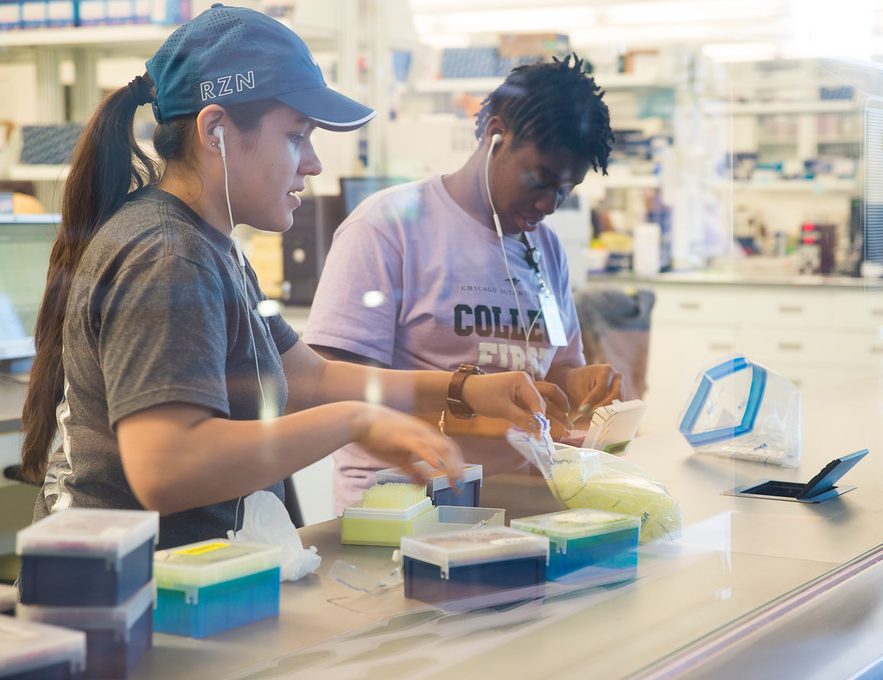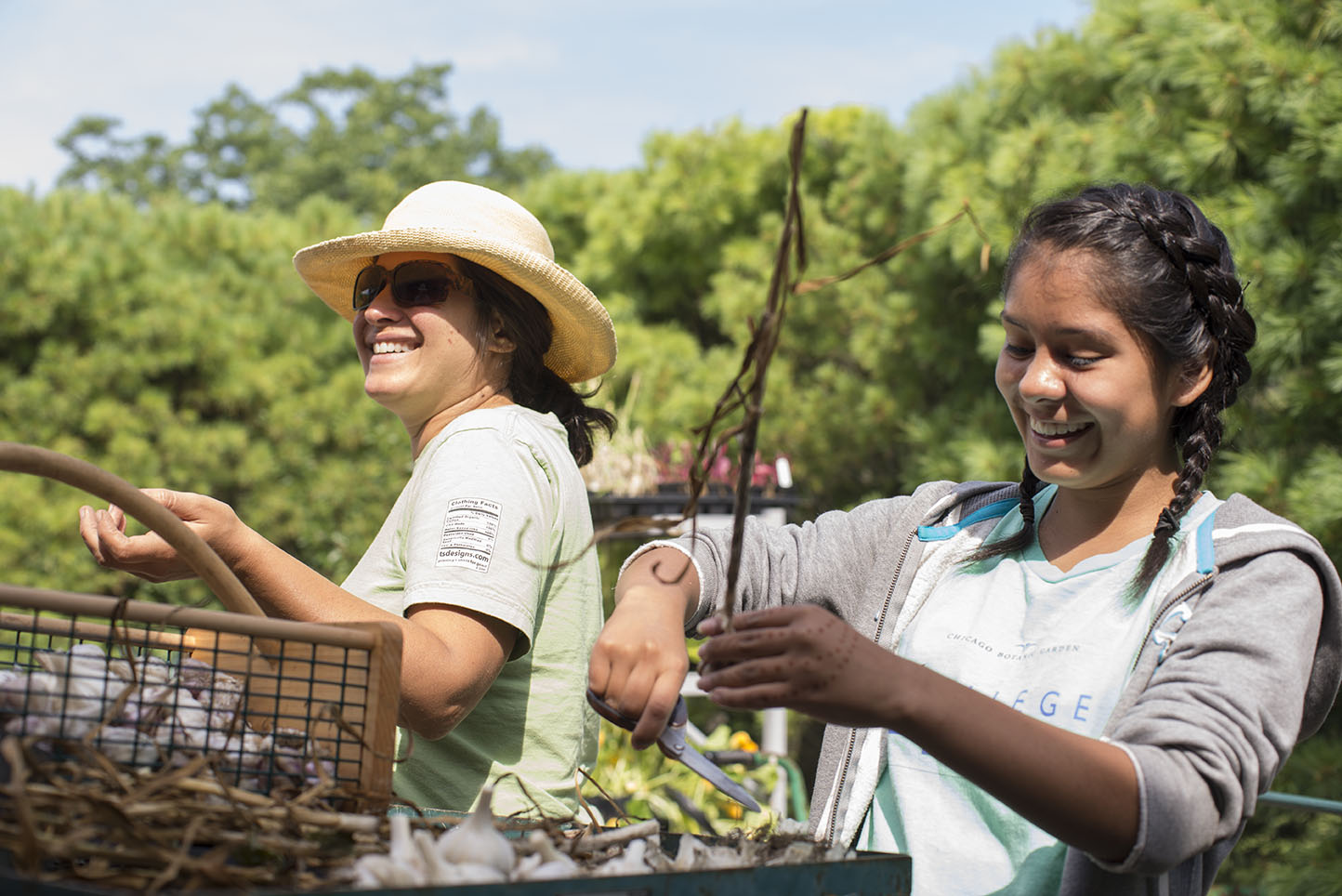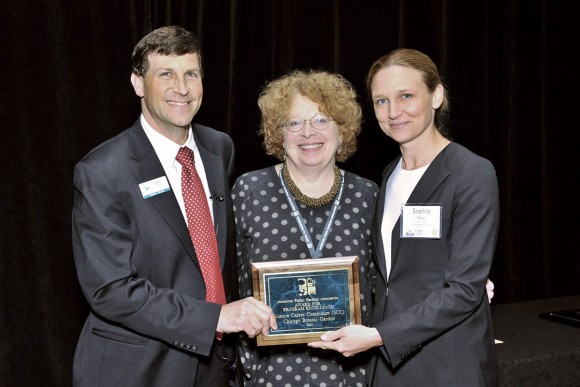Erica Rocha is a bright young woman who is going places in the career field of ecological research. Her participation in the Garden’s Science Career Continuum when she was a Chicago Public School student was an important step on her journey toward her future career as a scientist.
The Science Career Continuum is composed of three programs: Science First for high school freshmen and sophomores, College First for high school juniors and seniors, and the Research Experience for Undergraduates (REU) for college students. Erica participated in College First in 2012 and 2013 and came back to the Garden for the REU program during the summer 2015. She is currently a junior at Dominican University, studying environmental science.
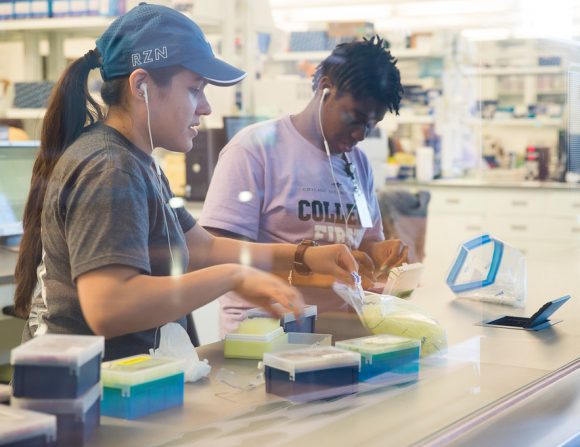
Upon our recommendation, this summer Erica made a courageous decision to apply for the Doris Duke Conservation Scholars Program at the University of California Santa Cruz (UCSC). Erica had never traveled out of the midwestern United States before.
The Doris Duke Conservation Scholars Program (DDCSP) is a two-year program for college students to explore environmental conservation through field research in northern California. The program includes leadership and professional training. Twenty students are selected to participate in a summer intensive, field-based course focused on collaborative research and diversity in the field of conservation science.
We were pleased, but not surprised, when we learned that Erica was selected to participate in this program. Her experiences in the Science Career Continuum put her at an advantage, and provided an excellent foundation for this kind of experience. Erica had a great summer and wrote to tell the program manager, Amaris Alanis-Ribeiro, about it. It is encouraging to hear that all of the time and effort we devote to students in our program, as well as continuing to stay in touch and advise to them after they leave us, is paying off!
An email from Erica
October 6, 2016
Hi, Amaris!
My apologies for getting back to you so late but I really wanted to take the time to write about my DDCSP experience (there is so much to tell!!).
Starting from the moment I got off of the plane and on the way over to the UCSC campus, I was completely stunned by the differences in landscape, weather, and topography of the Santa Cruz and San Jose area. I’ve never really traveled out of state much, so being able to experience a whole new environment and ecosystem that isn’t close to home was so exciting and thrilling to me.
That first day meeting everyone was overwhelming and I had no idea how close I would get to all of the scholars over the course of the summer. It was such a welcoming and comforting environment to be around them and the instructors because they share the same passion for conservation, social justice, and share similar stories as minorities and first generation students. Needless to say I’m grateful to have met all of them.
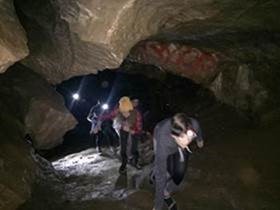
The very first night, Eric, one of the scholars who attends UCSC, took us to explore the cave on campus. I saw the UCSC mascot there (a banana slug!). It was a great start to the program. We spent the rest of that week learning more about the different ecosystems in Northern California. This included going to Año Nuevo State Park, Moss Landing State Beach, the Redwood forests (with HUGE trees!), and a couple other places. I really enjoyed learning outside and placing all the textbooks’ concepts from back home into the field in California.

After the first week on campus we headed to Big Creek Reserve in Big Sur for the ultimate camping trip. I’ve never seen such a pristine and pure environment in my life! There was hardly any human impact on the reserve—it is a great example of conservation and preservation of the land. And the water was like no other I have tasted!
Another great thing was that we basically had the whole reserve to ourselves. Only the land managers and stewards were there.
To top it off we placed our tents in the heart of the redwood forest and slept with the sound of the calming waters from Big Creek every night. I never thought camping could be so stress-free. Since our tents and kitchen were far from where the showers were, the creek was our go-to after a long day at the field. It was so refreshing and cold (which was great after being under the sun for hours).
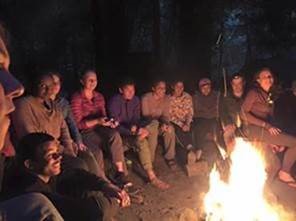
Our week in Big Sur was my absolute favorite. That is where we were introduced to the basics of research and started developing our own projects. This is where my interest in invasive ecology grew. One of the land stewards there, Feynner, is someone I really enjoyed meeting. He knows the reserve and the forest like the back of his hand. He was a great resource when coming up with research project ideas. He even invited me to come back if I wanted to do future research there.
The next reserve, Sagehen in Berkeley, was probably everyone’s least favorite spot. We were really crowded along with other students studying there. But it was a good in terms of my research there. I was able to conduct a social science project concerning the loggers working on the sustainable forest-thinning project in the reserve. It was interesting to interview the workers doing the labor behind such an elaborate conservation project directly. It gave me a new insight into research from the social science perspective.
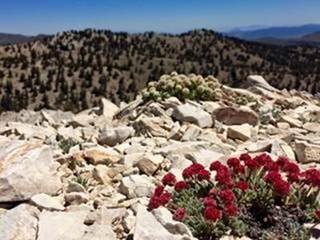
Crooked Creek Research Station in the White Mountains was a close second to my favorite reserve. As at Big Creek, we were isolated 10,000 feet away from “civilization” as we liked to say. With limited internet, phone signal, and interacting with the same group of scholars, it allowed us to truly focus on our research.
This is the place where we first attempted to write a formal research paper from a collective project. It was an interesting process to narrow all the possible research topics according to everyone’s interest into one single connected project. This is also where our statistical knowledge was very useful for analyzing the enormous amount of detailed data that we took. It was definitely one of the moments that encouraged me to continue my studies in ecology and research.
Getting back closer to Santa Cruz, our last reserve was Swanton Ranch, where I got to collect data alongside cattle, herons, lizards, and a beautiful coastal view. I even got to substitute for a scholar in their project by helping guide a canoe in an estuary! Our final project here was the one we would present at the symposium in the Marine Lab on the UCSC campus. Having done the REU symposium at the Garden, I felt prepared and excited.
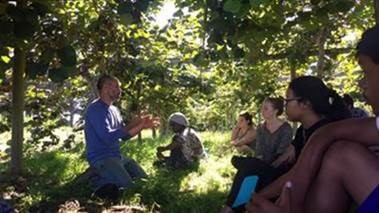
Once we were back on campus after spending weeks at research stations, we continued our discussions and workshops on diversifying the field of conservation. We had a lot of great workshop leaders who really encouraged me to fight for a more just and inclusive workforce, not only in conservation but in my everyday life.
All in all, I came back with a sense of purpose to be more involved in social justice for minorities and with a renewed excitement for ecology and conservation. Being surrounded by such intelligent, engaged, involved, and passionate scholars and instructors, I can’t help but think how lucky I am to have been chosen for this internship. I am so excited for next summer’s internship with DDCSP. I’m so grateful that you told me about this program and recommended me, because without your support I wouldn’t be where I am today. THANK YOU!
Warmly,
Erica Rocha
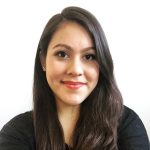 Erica Rocha is a former Science Career Continuum participant, current Dominican University student, and future leader in environmental science and social justice. She signed up for—and presented her summer research at—the Louis Stokes Midwest Center of Excellence (LSMCE) Conference this past October.
Erica Rocha is a former Science Career Continuum participant, current Dominican University student, and future leader in environmental science and social justice. She signed up for—and presented her summer research at—the Louis Stokes Midwest Center of Excellence (LSMCE) Conference this past October.
©2016 Chicago Botanic Garden and my.chicagobotanic.org

